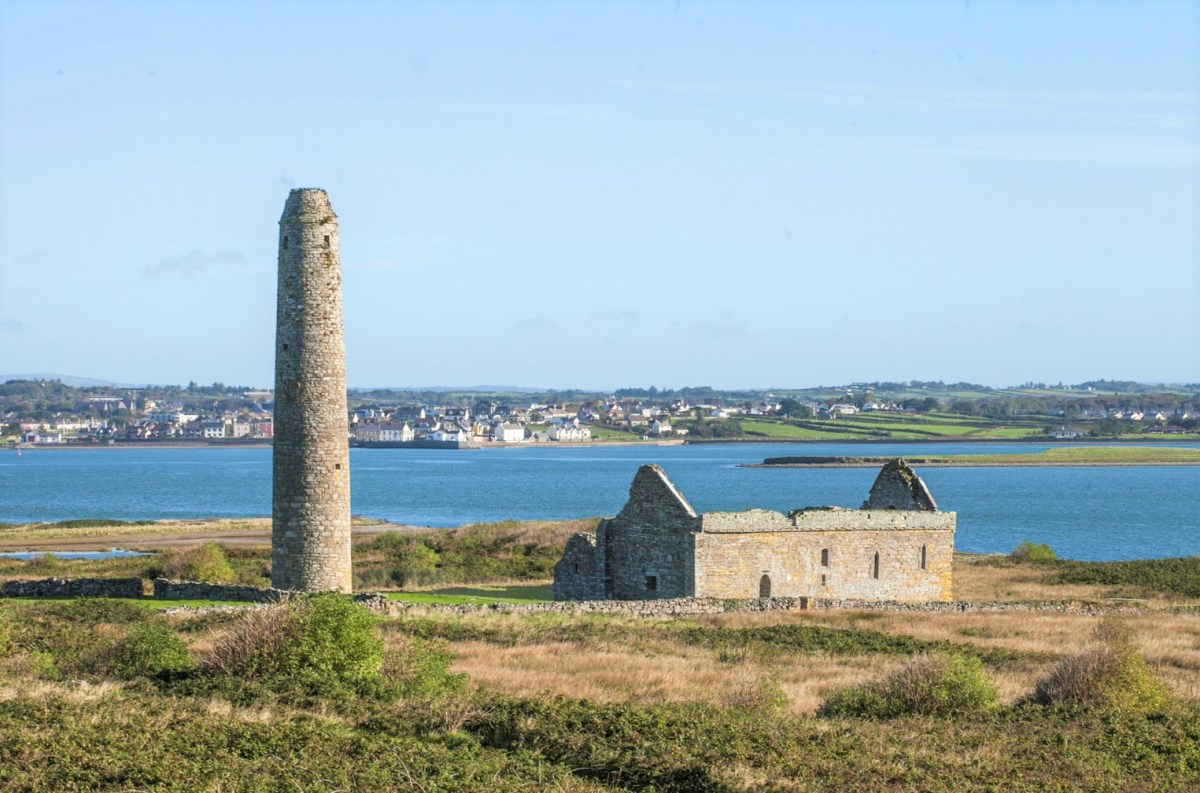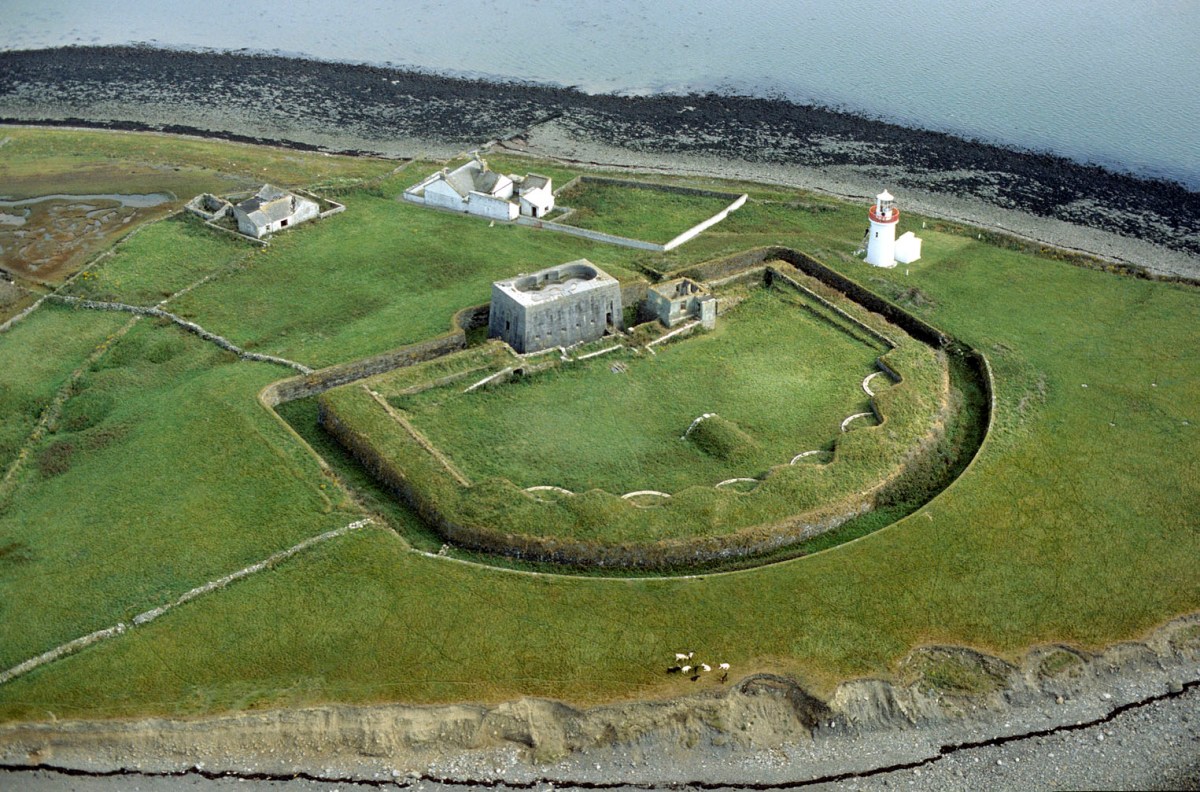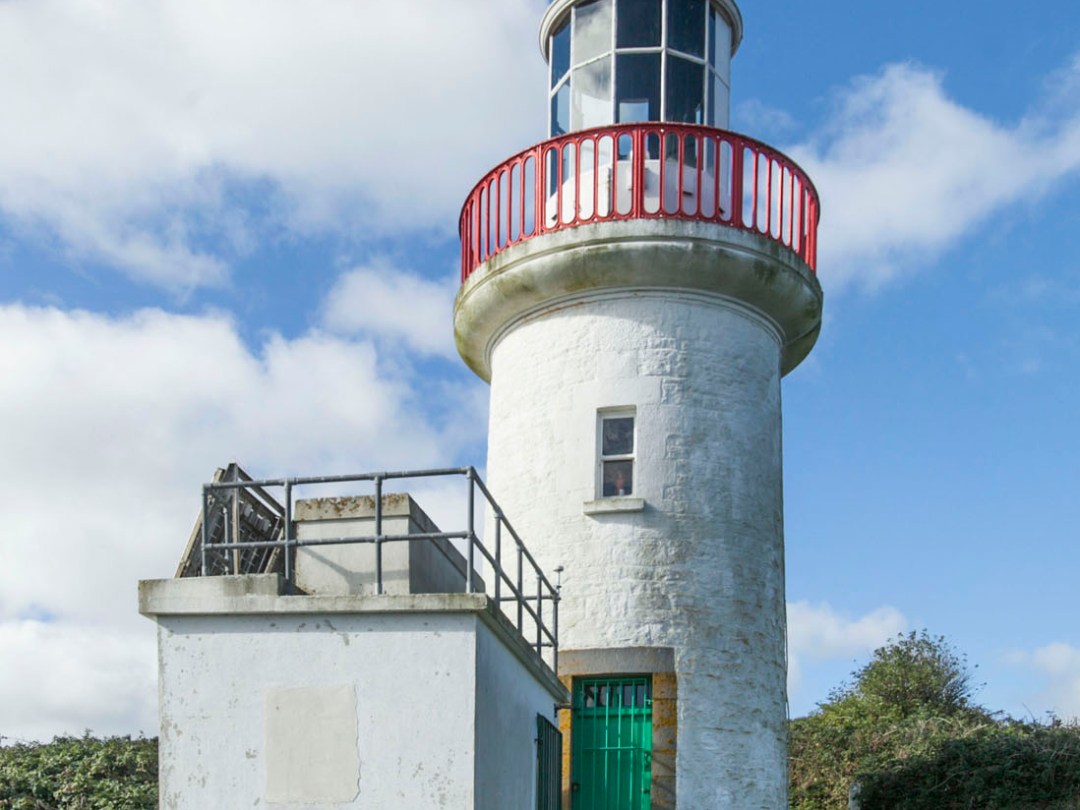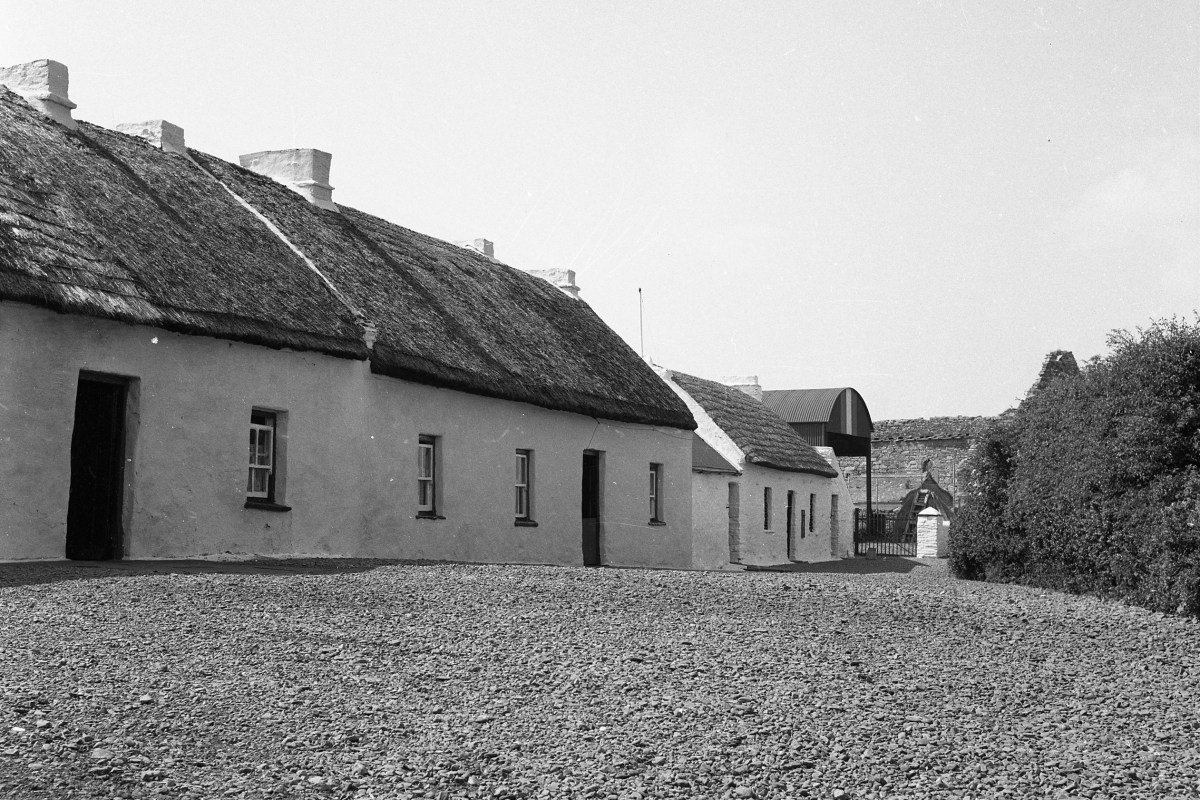About Scattery Island
This little island, now uninhabited, offers a calm and tranquil environment in which visitors can explore a wonderful range of interesting sites all within walking distance.
Scattery Island contains the remains of an ancient monastic site featuring a round tower, the cathedral and several medieval churches. As well as these historic sites the island also has a lighthouse, an artillery battery, the deserted village where the islanders once lived and beautiful semi-natural grass land which is home to an array of wild bird, animal and plant life which is of great interest to ecologists who visit.
Scattery Island Tours
Ferries depart from Kilrush Marina from May to September with two/three sailings daily.
Home to a Monastery
Scattery was home to a monastery founded by St Senan in the early 6th century followed by many invasion of the Danes and Vikings. Saint Senan, probably chose Scattery Island to found his monastery because of its remote location. Early Irish monks tried to live like hermits, believing, like the Old Testament prophets, that being further from civilization brought them closer to God.
The first monastery on the Island in the 6th Century, would have consisted of small wooden churches. When these decayed, or were destroyed, they were replaced with the stone structures visible today.


Teampall na Marabh – "The Church of the Dead"
Is the most modern Church building on Scattery and probably dates from the late 14th or early 15th Centuries. Inside the church there is a medieval carving of a man’s face to the right of the east window. It was common in medieval monasteries to have two burial grounds – one for ordinary lay people and the other reserved exclusively for the clergy. It is thought that the graveyard on the other side of the island near “Saint Senan’s Bed” was for the monastic community and that this graveyard closer to the pier was designated for the island community. This would explain why the graveyard at Teampall Na Marabh was the traditional burial place for the inhabitants of the island and is still in use today.
There was an ancient belief that the closer you were buried to a church’s altar the quicker you would get into heaven regardless of your sins and this explains why burials were placed inside the church was as well as in the graveyard. There was also a belief that for those who could not get a grave in this churchyard – if they were buried at Shanakyle Graveyard, near Kilrush on the mainland that Saint Senan would transport their body and soul to Scattery to ensure a quick entry to Heaven!

Napoleonic Wars
The French had attempted to land an invasion force in County Mayo to assist the Irish rebels. The French were defeated but their landing was enough to demonstrate to the English how poorly defended the west coast of Ireland was.
To deter any future invaders, the English built six gun batteries along the Shannon estuary, one of them on the south-eastern point of Scattery Island. This battery, which was completed in 1814, was surrounded by a deep moat and housed up to 8 cannons. This remnants of the artillery battery is positioned at the other side of the island that can be reached on foot.


Lighthouse Keepers
Alongside the Battery is a working lighthouse. When the first, purpose-built lighthouse on the island went into operation in 1872, a series of lighthouse keepers and their families came to live on Scattery Island. It replaced a simple iron frame lighthouse that was destroyed in a storm.
A full time keeper ran the lighthouse until 1933. There was a part time lighthouse keeper who visited the island until 2002 and today the island lighthouse is fully automated. Before the lighthouse, pilots would light fires on the highest point of the island so a continuous guide would be there for the ship traveling the Shannon Estuary or to anchor in shelter from the Atlantic.

The Scattery Island Pilots
While Scattery Island is well known for its important Monastic sites, not so well known is the story behind the last islanders to inhabit Scattery, the Shannon River Pilots, who moved there in the 1840s and lived there until the last of them left in 1978.
These Shannon River pilots originated from Kilbaha. During the mid 1840s, a ship called the Winsor Castle arrived into the Shannon Estuary. Its masts were broken and it was abandoned of all crew and carrying a valuable cargo. The Kilbaha pilots rowed out to the ship and salvaged it. This began a lengthy court case that on the salvage rights being awarded to the Kilbaha pilots. They used this money to eventually purchase the lands on Scattery from the Marcus Keane who was the Landlord at that time. You can learn more about their fascinating life on the island during your guided tour.


